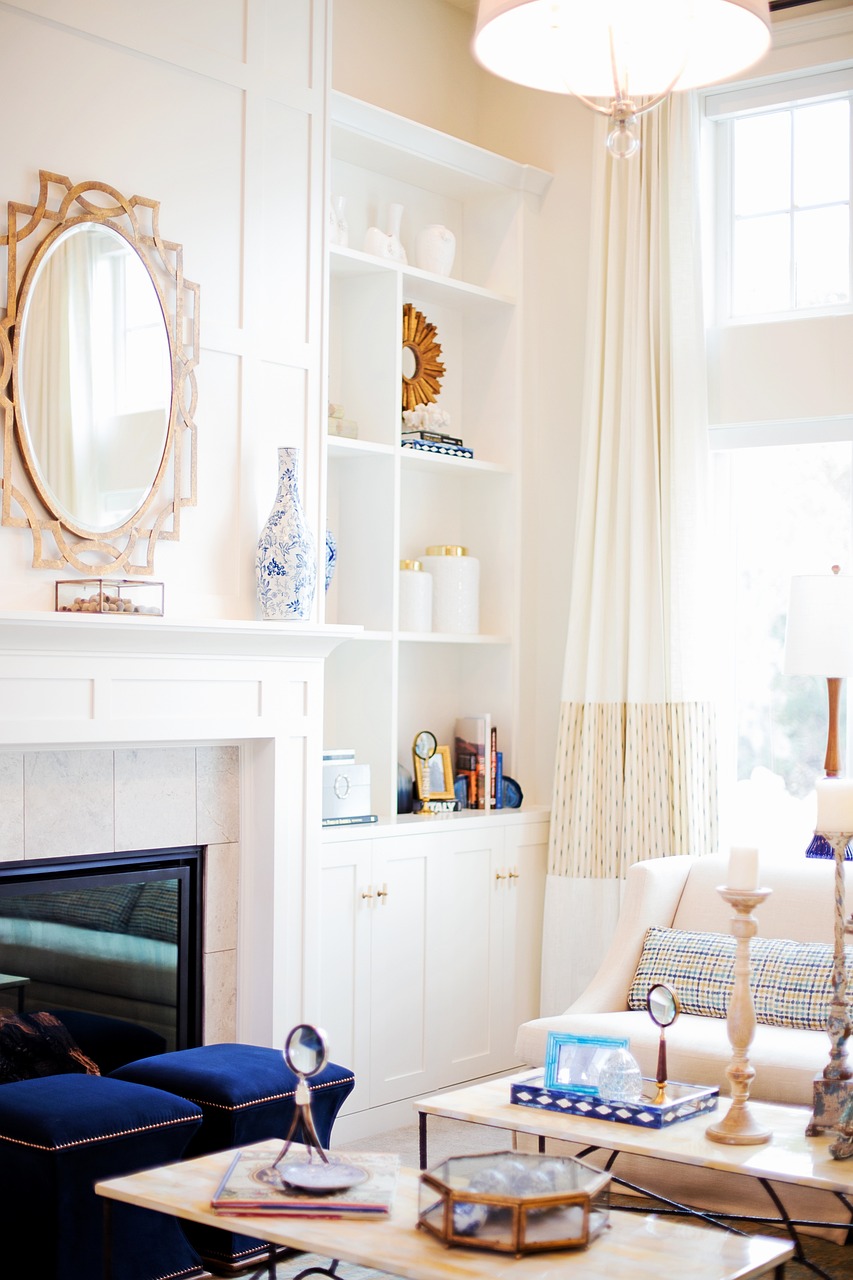Incorporating Universal Design in Home Improvement Projects
Universal design in home improvement projects offers numerous advantages for homeowners. By incorporating universal design principles, such as widened doorways and lever-style door handles, homes become more accessible for individuals of all ages and abilities. This not only enhances the quality of life for current occupants but also increases the resale value of the property in the future.
Furthermore, the flexibility and adaptability of universal design features ensure that homes can easily be modified to accommodate changing needs and preferences. This means that as families grow and lifestyles evolve, the home can seamlessly adjust to meet these requirements without the need for extensive renovations or modifications. Overall, embracing universal design in home improvement projects promotes inclusivity and comfort for all residents.
Key Principles of Universal Design
Universal design principles aim to create environments that are accessible and user-friendly for individuals of all ages and abilities. One key principle is flexibility, which involves designing spaces and features that can be easily used and adapted by a diverse range of users. This can include adjustable countertop heights, lever-style door handles, and wide doorways to accommodate wheelchairs.
Another important principle of universal design is simplicity in design. This principle focuses on creating spaces and products that are intuitive and easy to navigate without the need for complicated instructions or special skills. By incorporating straightforward layouts, clear signage, and easily accessible controls, universal design ensures that everyone can fully participate in and benefit from their surroundings.
Creating a Safe and Accessible Home Environment
When creating a safe and accessible home environment, it is essential to consider the needs of all residents, including those with disabilities or mobility challenges. Installing grab bars in bathrooms and near entryways can provide added support and stability for individuals with limited mobility. Additionally, ensuring that pathways are wide enough to accommodate wheelchairs and walkers can help promote independence and freedom of movement within the home.
Another key aspect of creating a safe and accessible home environment is addressing potential hazards such as slippery floors or uneven surfaces. Installing non-slip flooring in high-traffic areas like the kitchen and bathroom can reduce the risk of falls, while eliminating tripping hazards such as loose rugs or clutter can create a more secure living space for all residents. By incorporating universal design principles into home improvement projects, homeowners can enhance the safety and accessibility of their living spaces for all individuals.
Installing grab bars in bathrooms and near entryways
Ensuring pathways are wide enough for wheelchairs and walkers
Addressing potential hazards like slippery floors and uneven surfaces
Installing non-slip flooring in high-traffic areas
Eliminating tripping hazards such as loose rugs or clutter
Incorporating universal design principles into home improvement projects
What are the benefits of incorporating Universal Design in home improvement projects?
Universal Design makes homes more accessible to individuals of all abilities, improves safety, increases ease of use, and enhances overall quality of life for residents.
What are the key principles of Universal Design?
The key principles of Universal Design include equitable use, flexibility in use, simple and intuitive use, perceptible information, tolerance for error, low physical effort, and size and space for approach and use.
How can I create a safe and accessible home environment?
To create a safe and accessible home environment, consider incorporating elements such as grab bars in bathrooms, non-slip flooring, wide doorways for wheelchair accessibility, lever-style door handles, and properly placed lighting for visibility. Additionally, removing tripping hazards and ensuring adequate space for maneuverability are crucial steps.







